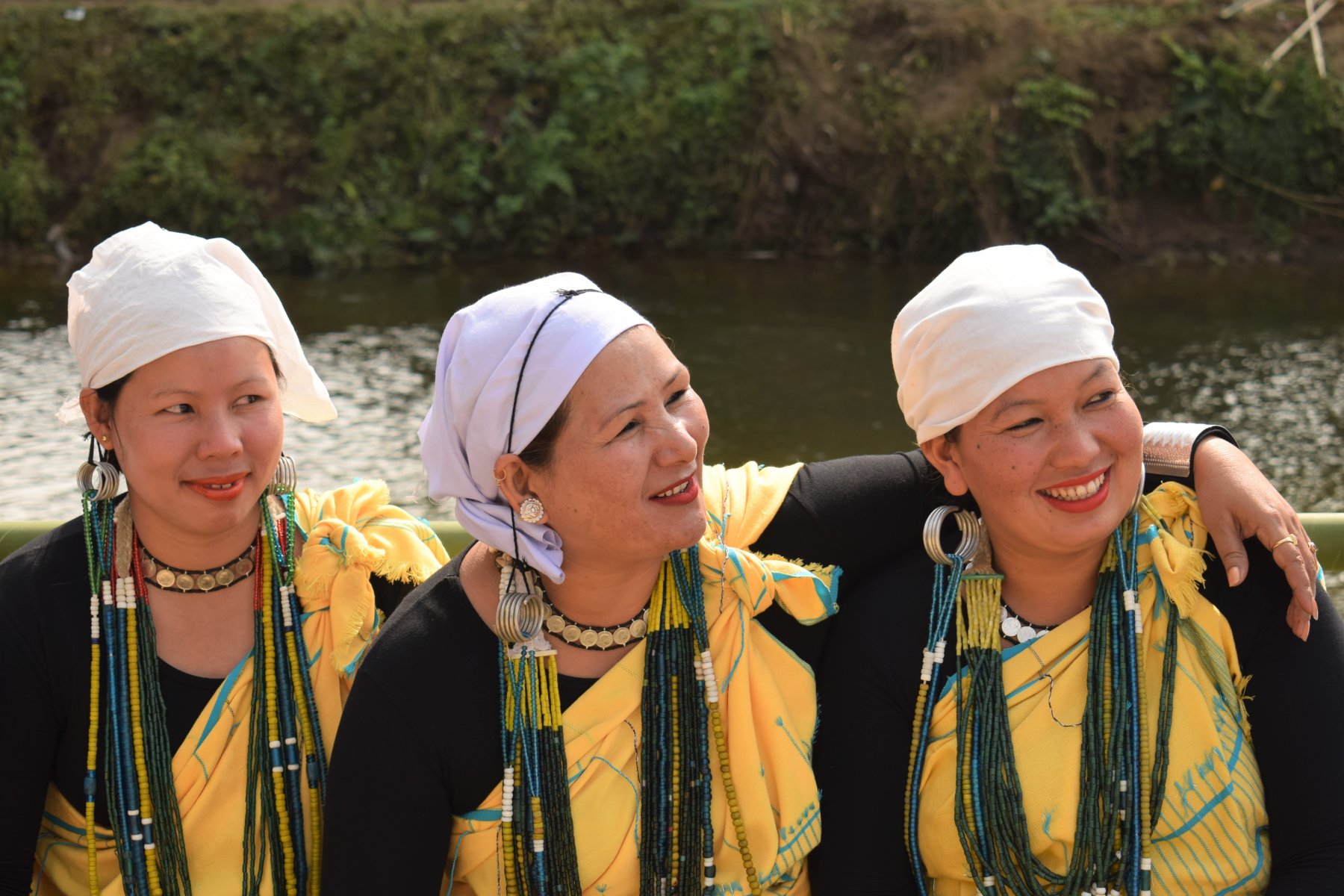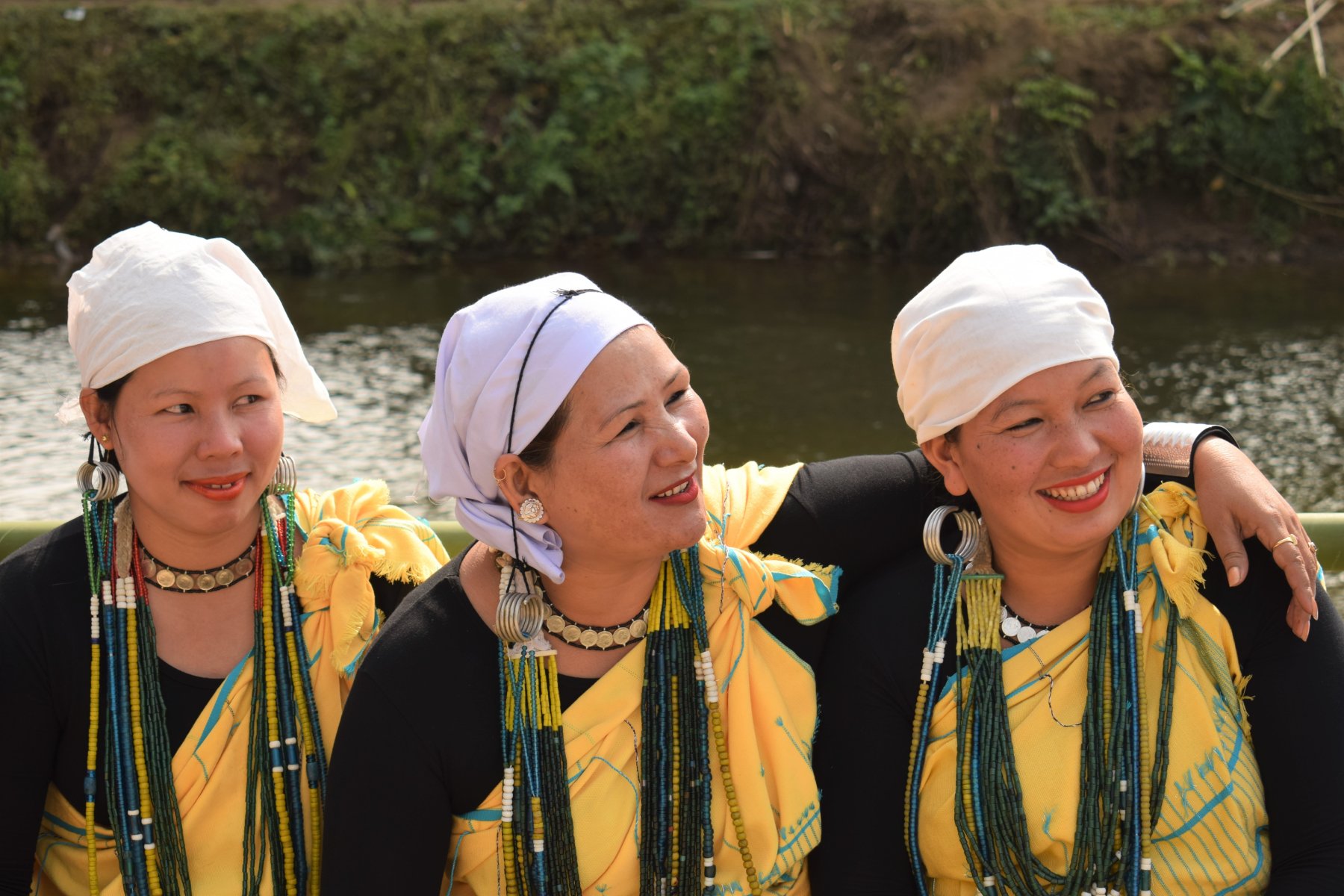
practices showing communitarian life
Galo’s Social Structure, arunachal pradesh

The Galos emphasize community-based practices, especially in agriculture and protection rituals. Their shift from jhum to terrace cultivation is often managed as a communal effort, ensuring sustainable farming. During times of epidemic, they practice Arr-Rinam and Ali-Ternam, sealing village entry points and restricting movement to safeguard the community. This tradition of shared responsibility shows their commitment to communal welfare. Animal sacrifices and collective rituals reinforce social bonds and protect their villages, highlighting their communitarian culture.

The Galo tribe, also known as Galong, is an eastern Himalayan community in Arunachal Pradesh. They trace their roots to the Tani group, descending from their ancestor Abu Tani. Known for progressive values, the Galos primarily inhabit West Siang, Leparada, Upper Subansiri, and Lower Siang districts. The Galo language, a Tibeto-Burman language, now has a Roman script called Galoo Ennam. The tribe’s cultural identity is enriched through its language, history, and traditional practices.
Respect for elders and duties within the tribe are important aspects of the Galo social system. They lead community gatherings and perform necessary rituals under the supervision of the Nyibo (shaman) and Bos (priest). A hierarchical system maintains social order, with leaders and elders assigned specialized duties that protect cultural traditions and community welfare. Their social organization promotes collaboration and togetherness, ensuring that customary laws and practices are followed across generations.
The Galo tribe subscribes to an animistic and shamanistic belief system around the Sun-Moon deity known as Donyi-Polo. It denotes their faith in natural elements and the spirituality in connection to their land. Examples of rituals inspired by this belief are Arr-Rinam and Ali-Ternam, which ones give themselves to the well-being and health of their communities. The Nyibo is the main person who leads these rituals, along with animal sacrifices, to please the gods. These establish that respect for nature and the interdependence of the community.
The communitarian practices among the Galo help them establish cohesion in society as well as a united approach to address all problems that arise. Their communal practices in times of epidemics maintain public health and safeguard their cultural identity. The switch to terrace cultivation validates their adaptability to ecological needs, which includes a commitment to sustainable practices as well. Such practices before now have helped link cultural beliefs with tangible actions that help with the tribe's resilience as well as cultural heritage preservation, all in response to change.


